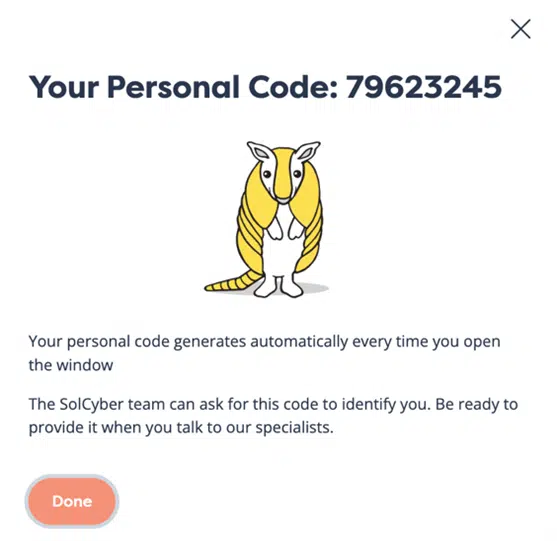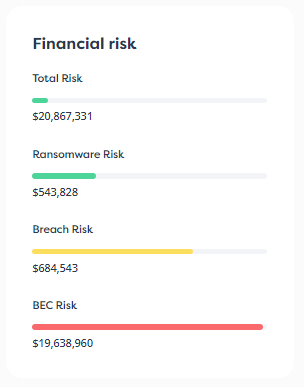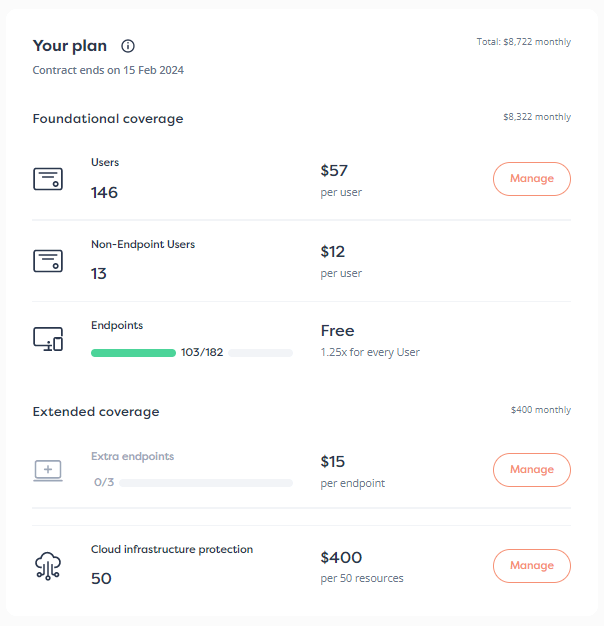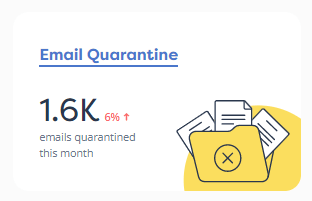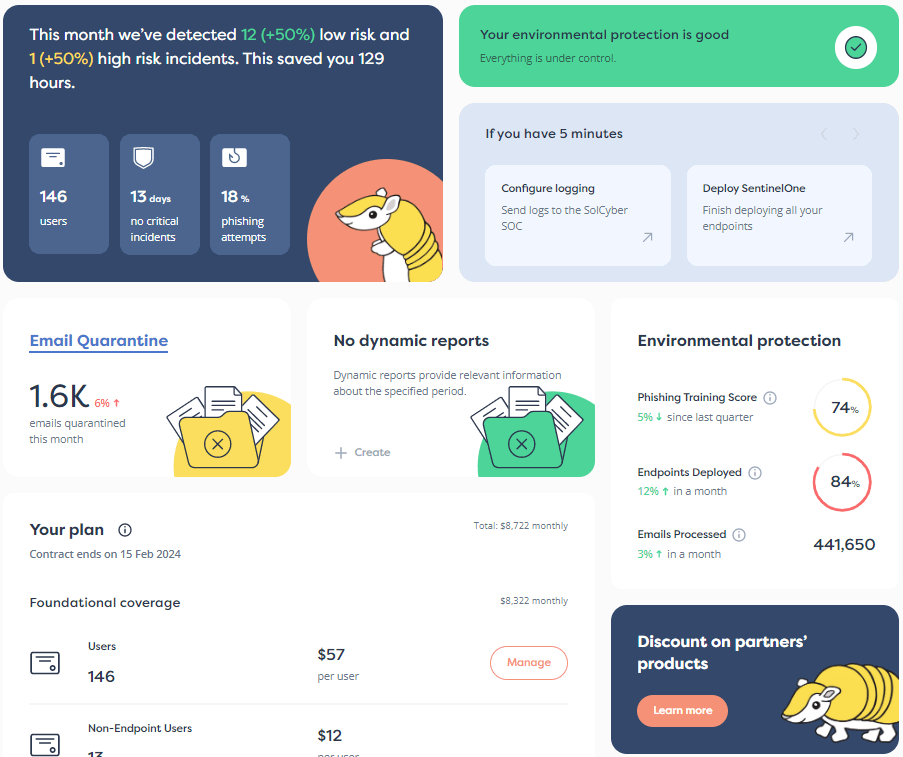

Cybersecurity leaders know that an organization is only as strong as its employees’ understanding of cybersecurity threats.
Sixty-eight percent of all data breaches involve a human element, ranging from compromised passwords to a lack of training. That number is even higher when malicious intent is included.
Most employees don’t fully grasp that they’re operating on the front lines of an active threat environment—the internet-connected world. Many are unaware of the risks simply because they haven’t been properly informed or don’t believe they’re personally in danger.
This article was created for you to share directly with employees. It’s written in straightforward language that’s easy to understand regardless of tech background. You can share it via a link or print it as a PDF.
We hope it helps your team become more aware of the cybersecurity threats they face.
Cybersecurity risks are more common than most people think, even highly trained IT staff can fall victim to them. A recent example involved an Uber IT employee who was tricked into approving a hacker’s login.
Even if you’re already familiar with some of the concepts in this article, we encourage you to read through it all. In cybersecurity, the safest mindset is to assume there’s always more to learn.
Cybercriminal tactics are constantly evolving. AI has taken social engineering to new heights, making it easier and more convincing, and lowering the barrier to entry for many would-be hackers.
Because the human element plays a role in 68% of all data breaches, this guide is for you, our colleague and teammate. We all have a role to play in protecting the organization.
Just because an email comes from a company address doesn’t mean it’s secure. In fact, business addresses, especially those tied to financial duties, are prime targets for attacks.
These phishing emails often contain a strong sense of urgency or even veiled threats. Some impersonate your boss, urging immediate action, like paying a fake invoice.
Always treat email as an insecure form of communication. Even if it appears to come from someone you trust, never share passwords or sensitive data through email. The sender’s account may have been compromised.
If something seems suspicious, don’t worry about job security, your personal security and safety are the top priorities. When in doubt, ask senders to confirm their identity with a quick video call.
Hackers also send phishing emails impersonating known companies. These emails usually link to fake websites designed to steal your login credentials. Always check the URL carefully, look for odd spellings like “PayyPal” or small differences in domain names.
Hackers don’t just impersonate your boss, they’ll pose as suppliers, customers, or even job applicants. Facebook and Google fell prey to paying over $100 million to a scammer using fake vendor invoices.
Thanks to past data breaches and social media, hackers often know just enough to make a fake message seem real. Generative AI now enables attackers to create realistic emails, fake images, and even synthetic voice calls.
Impersonation tactics now extend beyond email to social media, chatbots, and HR platforms. Some attackers have even used fake job applications to infiltrate large companies. One report states that thousands of North Korean tech workers have infiltrated Fortune 500 jobs through HR channels.
For high-value targets, attackers often research individual employees, using social media, third-party data leaks, and more, to craft personalized attacks.
That’s why it’s important to understand how digital communication can be compromised across devices, especially if you’re working remotely or using personal devices.
Stick to approved communication tools and apps. Also, talk to your IT team about securing any personal devices you use for work.
It’s not all doom and gloom, and we’re not asking you to fear your devices or wrap them in tinfoil.
Hackers usually target the weakest link in a company’s defenses; and, often, that’s simply a lack of awareness.
Small, consistent actions can have a big impact on reducing cybersecurity risks. The key is staying alert, informed, and proactive.
Here’s a quick list of effective habits and practices you can start using today:
By taking a few extra seconds to think before you click, verifying requests, and staying aware, you’re making a meaningful difference in protecting yourself and your organization.
For more information and cybersecurity resources, visit www.solcyber.com
Photo by Alex Kotliarskyi on Unsplash


By subscribing you agree to our Privacy Policy and provide consent to receive updates from our company.

